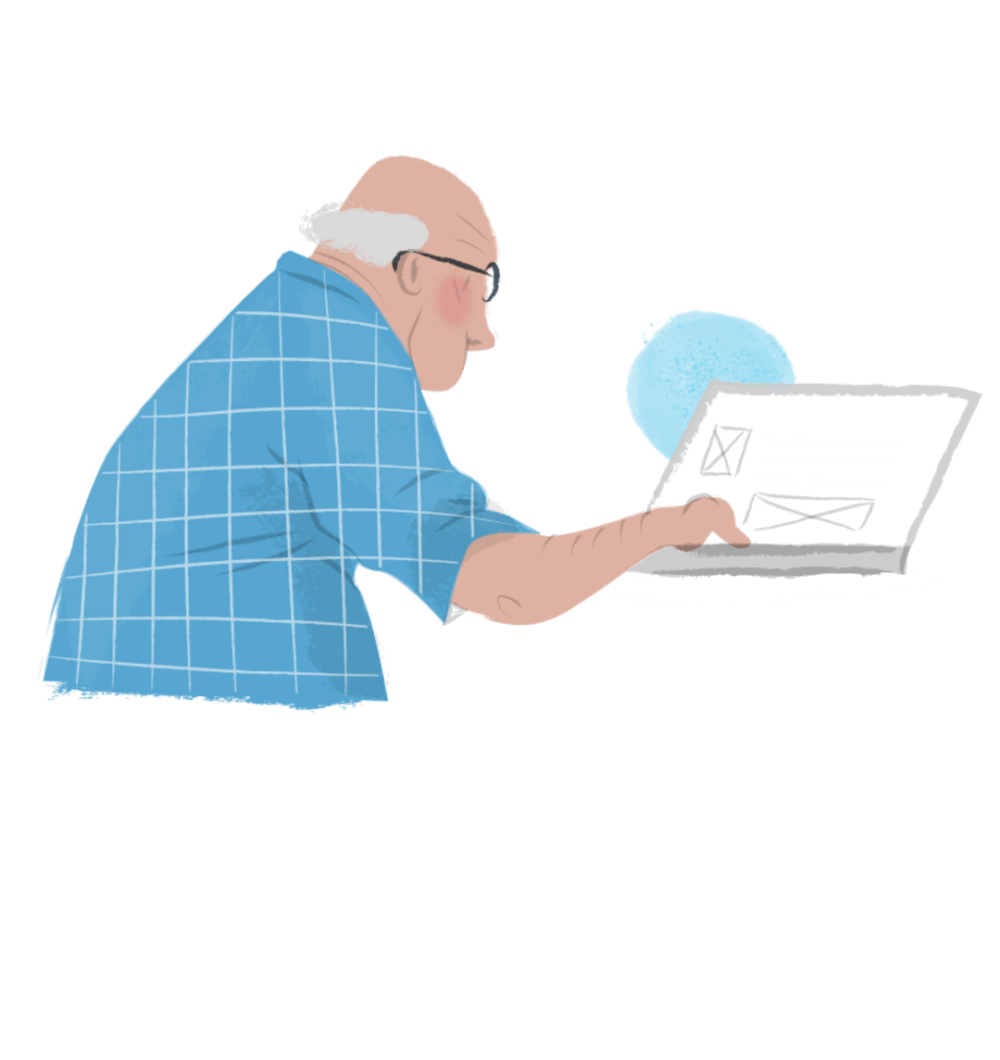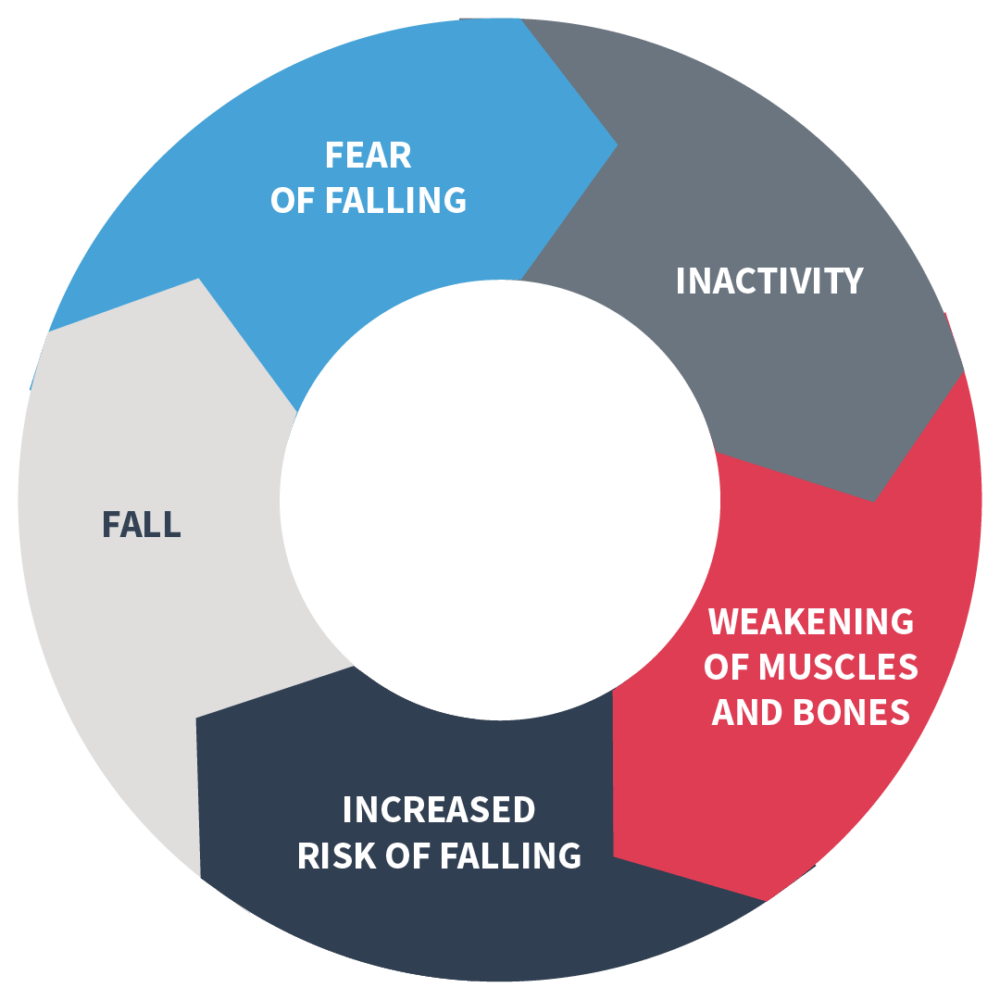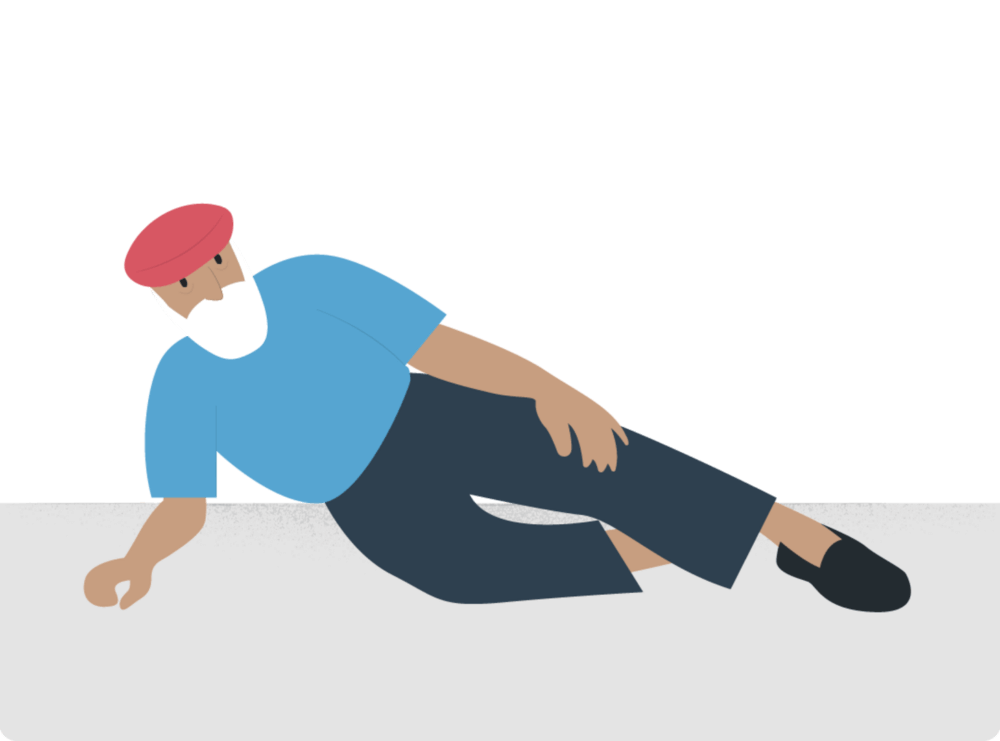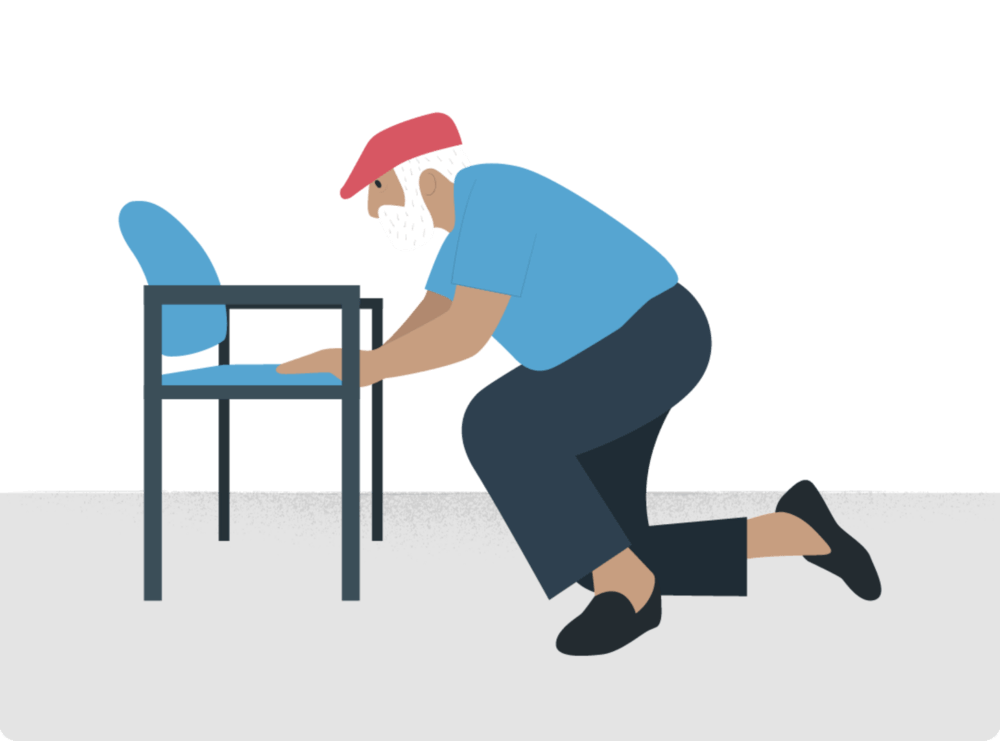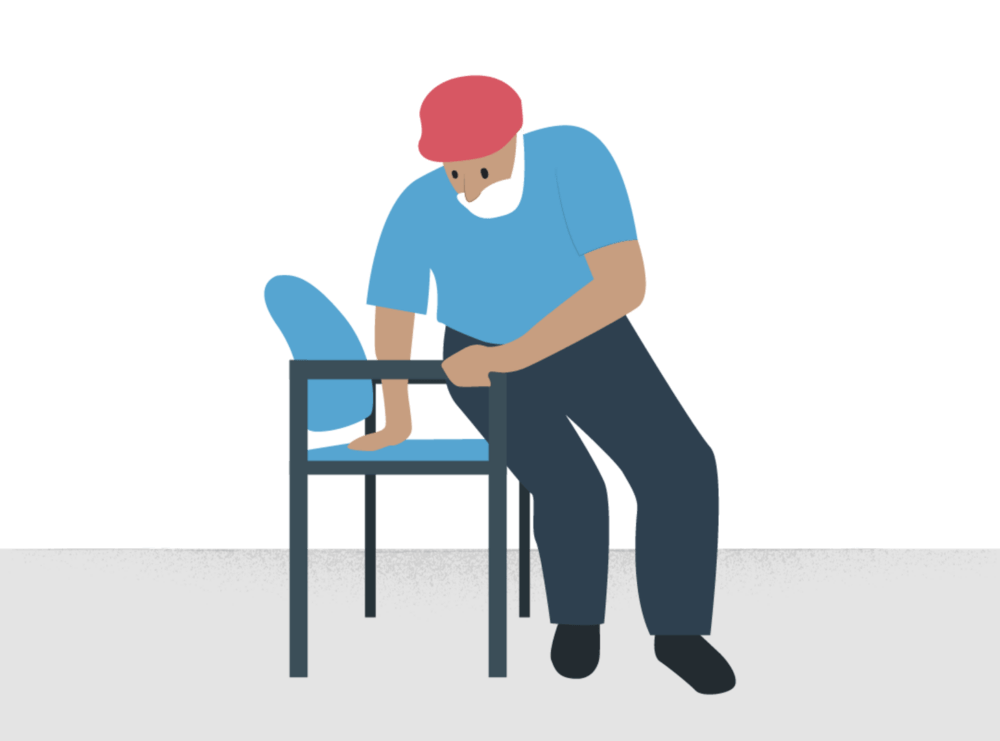4: Look after your feet
Talk to your doctor about any foot issues you may have, such as ingrown nails and corns, as these can greatly affect your balance. Avoid sandals and shoes with high heels, and always wear slippers with a good grip when you are at home. In general, wear shoes that fit well and offer a good support. Be aware of any issues in tying shoe laces and consider alternatives where appropriate.
5: Keep track of your medication
If you notice your medications make you feel sleepy or dizzy, let your GP know. These side effects may affect your balance and lead to a fall. Your doctor will be able to review your prescription, manage your doses, or suggest a different medication, if appropriate. Even if you are not experiencing any symptoms, the NHS advises to have your medicines reviewed at least once a year to make sure they’re still right for you. You should also ask your GP for advice if you suffer from conditions such as heart disease, dementia or low blood pressure, which can also cause dizziness and are sometimes linked to a higher probability of falling.
Making your home fall-proof
As much healthy and fit as you can be, if your home is full of trip hazards you’ll still be more likely to fall and injure yourself. In this section, we’ll look at how to make sure your home is as accessible and fall-proof as possible for you to feel safe at all times.
How to get expert advice from an occupational therapist
If you’d like to find out how to make your home a safer place to live in, you can get expert advice from an occupational therapist. Occupational therapy provides support to people whose health, wellbeing and medical conditions impact on their ability to do the activities that matter to them. As part of their role, they will look at different aspects of daily life in your home and other environments. The aim is to help improve your ability to carry out daily activities as independently and safely as possible. Their expertise can be really important to inform any changes that might help you manage the risks in your home. Occupational therapists may also recommend adaptations to your home such as grab rails or stairlifts – more information about the options available is included in the home adaptations section of this guide.
How do I get occupational therapy?
You can get occupational therapy for free through the NHS or social services, or pay for it yourself, depending on your situation.
- Ask your GP for a referral.
- Search your local council to check if you can get occupational therapy through them.
- You can also pay for an occupational therapist yourself, using the list of qualified occupational therapists available through the Royal College of Occupational Therapy.
Check out the Royal College of Occupational Therapy website for more information on their role and what to expect from an occupational therapist.
Looking for trip hazards in your home
It is easy to spot trip hazards around the house, if you know what to look for. You can start with these major risk factors:
- Poor lighting
- Loose rugs, or mats placed at the top or bottom of the stairs
- Trailing cables, clutter and glass furniture that may be more difficult to see
- Wet floors and water spills
- Pets, as they can easily get between your feet and cause falls
Check every room in the house, as well as the doorway and corridors. These are some tips to make every room in your house safer and more accessible:
Generally speaking, a safe home is one that is clean, free of clutter, well-lit and practical, so that you don’t have to struggle to perform you daily tasks. Speaking of other architectural barriers in your home and outside, steps and stairways can pose a big risk. Check out these tips on how to use the stairs safely and reduce one of the biggest risk factors for falls.
- Improve visibility on stairs by adding lights, and make sure you always turn the lights on before climbing the stairs
- If you have wooden stairs which are slippery, consider adding abrasive strips
- Always hold the handrail
- Avoid carrying objects with both hands when climbing the stairs, and never carry bulky objects that block your vision
- Take your time when using the stairs and don’t rush. One trick to ensure you always pay attention is to count each single step while using the stairs
- If you use a walking aid or have a leg injury, ask for assistance while using the stairs
Home adaptations and telecare to prevent falls
If you feel that the simple precautions we’ve outlined in the previous pages are not enough to make you feel safe from accidental falls, there are a whole host of aids, adaptations, and assistive technologies that can allow you to continue living independently in your own home. Common home adaptations to avoid falls include:
- Handrails and grab rails
- Bath equipment such as non-slip mats, chairs/hoists, specialist bathtubs with a side opening, and hands-free toilets with automatic washing
- Access ramps, stair lifts and wheelchair lifts
- Powered riser-recliner chairs and beds
Beyond home adaptations, assistive technology known as telecare can help you feel safe and connect you with people who can help you in case of an emergency. Here are some examples of telecare you may want to consider:
- Emergency bracelets or pendants. The person wearing them can press a button in case they fall and by doing so activate an alarm or a call to a loved one, carer or directly to the ambulance.
- Fall detectors are similar to emergency pendants or bracelets, but don’t require you to press any buttons. They can detect the falling motion and activate an alarm automatically
- Smart shoes can detect if you have a fall and alert your loved one or carer
- Bed occupancy sensors can turn the light on and off automatically, which can be very helpful when getting in and out of bed, to go to the bathroom for example
- Special door entry intercoms can be activated remotely from where you are sitting, so that you don’t have to rush to the door when someone is visiting
For other useful tips on home adaptations, check out the Age UK website.
How to pay for home adaptations
Depending on you situation, you may be eligible for financial support to help you pay for the home adaptations you need. The first step is to request a free needs assessment from your local authority. This assessment takes into account your needs and your ability to independently carry out daily activities. Based on the results, the local authority will consider:
- What type of support you need
- Any changes to your home that may help you
- The cost associated with the support you need
If you qualify for assistance, you may be able to access these forms of support from the local authority:
- The local authority may arrange minor home adaptations, which can be fully or partially free of charge.
- The local council may offer grants to help you make the necessary modifications to your home.
- You may be referred to Home Improvement Agencies, government-funded organisations that can help you arrange home adaptations.
Whether you receive financial support or not also depends from a financial assessment that follows the needs assessment. For more information about eligibility criteria, check out our guide to funding home care.

